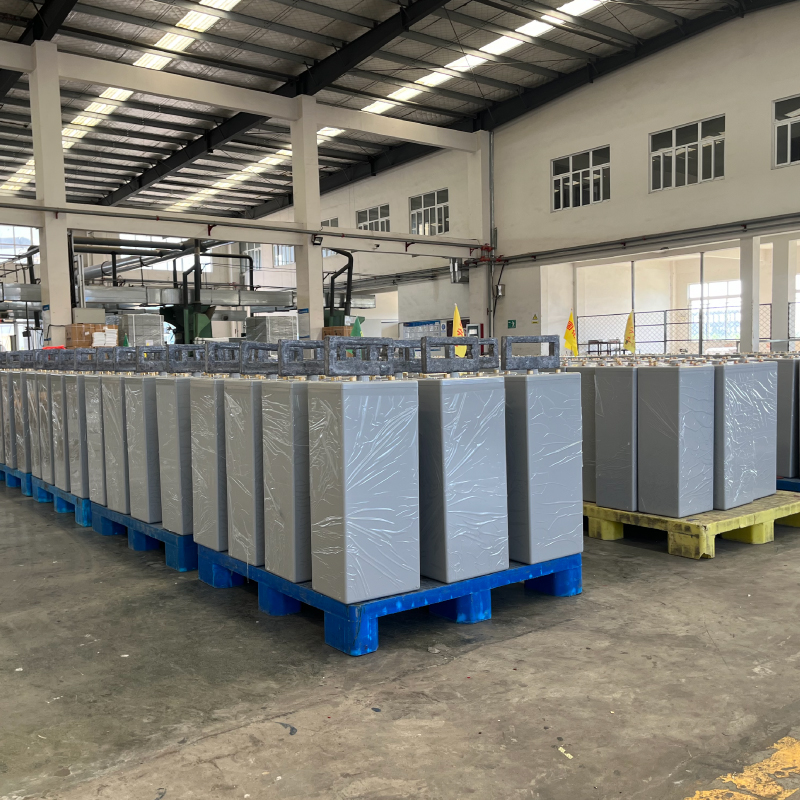Maintaining appropriate humidity and ventilation levels is essential for the optimal operation of OPzV batteries. As these batteries are sealed and have low self-discharge rates, they are less prone to electrolyte loss, but humidity and air circulation can still impact their safety and performance.
1. Humidity Control
Ideal humidity levels for OPzV batteries range between 40% and 60%. Excessive moisture can cause corrosion of the terminals and connectors, leading to potential leakage and reduced performance. Conversely, very low humidity may lead to static electricity, which can pose safety risks around electrical systems. It’s important to ensure that battery rooms are dehumidified if necessary, especially in regions with high humidity.
2. Ventilation Requirements
Although OPzV batteries are sealed and emit fewer gases than other lead-acid batteries, they still release minimal hydrogen gas during charging. Proper ventilation is crucial to prevent gas buildup, especially in confined spaces. A well-ventilated battery room minimizes the risk of hydrogen accumulation, which could otherwise result in fire hazards. Installing exhaust fans or air vents in the battery room is recommended to facilitate safe gas dispersion.
3. Monitoring Systems
Humidity and ventilation levels should be continuously monitored, especially in high-density battery setups. Systems with automatic alerts for changes in humidity or air quality can help ensure a stable environment and mitigate risks associated with inadequate ventilation or humidity control.


